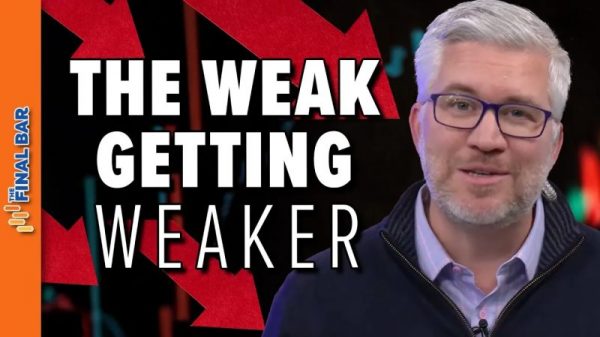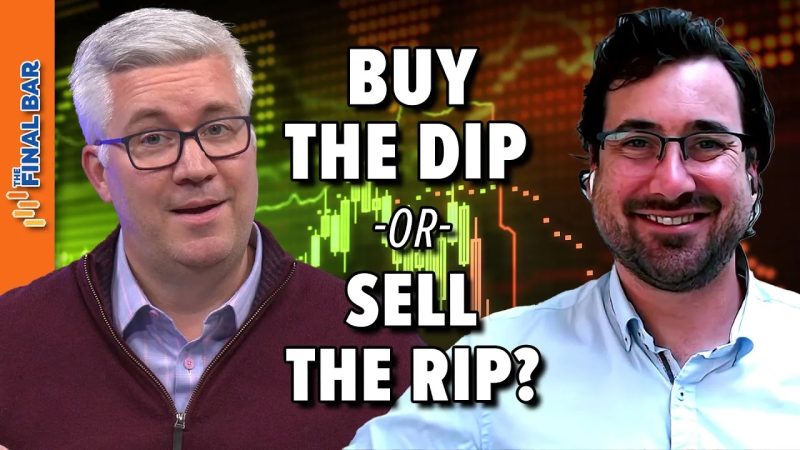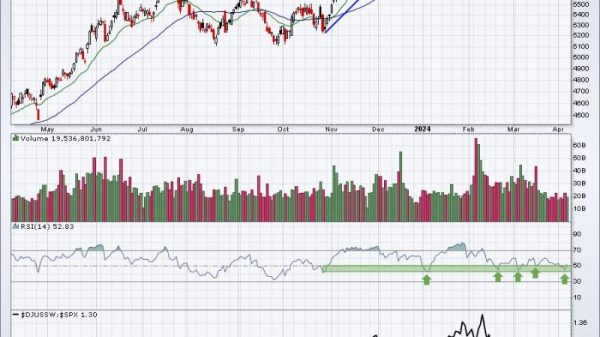The investing mantra, Buy the Dip and Sell the Rip is a formation generated within the financial world which serves as a basic, intuitive strategy that investors adopt to steer their investment decisions. This ideology is operational in various financial markets, including bonds, forex, commodities, and especially stocks. Understanding the crux of this principle and its feasibility in respect to your investment plan can significantly aid in molding a pragmatic investment approach.
Buy the Dip can be perceived as an investment strategy that investors utilize when acquiring assets at lower prices. A dip implicates price decrease, typically due to market volatility. The theory behind this strategy is to buy the asset at a discounted rate and sell it later when prices increase again. Investors usually purchase during the dip, given their belief in the asset’s potential, their trust in the market recovery, or the anticipation that the fundamental value of the asset remains unaltered despite the dip.
This strategy is often linked to a long-term investment tactic known as Dollar Cost Averaging (DCA), where regular fixed amounts are committed to a particular investment over a long period. During price dips, the DCA approach ensures more units are bought for the same amount, efficiently reducing the overall average cost per unit over time. However, this concept relies on a crucial assumption that markets generally rise over long periods.
The principle of Sell the Rip follows a contrarian approach. A rip indicates a sudden spike in asset prices. The investors adhering to this strategy aim at selling an asset when its price surges in the belief that the hike is temporary and the asset’s price is expected to fall back soon. Hence, they adopt a sell high strategy to generate profit.
This outcome is tied to the psychological patterns of fear and greed that rule the markets. When prices rise rapidly, it can induce inexperienced investors to step into the market out of fear of missing out. Wise traders who sense this sentiment will sell their holdings, forcing prices to fall back down, often more abruptly than they rose.
As an investor, the decision to ‘Buy the Dip’ or ‘Sell the Rip’ largely depends on one’s market outlook, risk appetite, and their investment strategy’s time horizon. It is also crucial to understand the driving factors behind the price movements. Certain factors may trigger a correction in markets that may seem like a dip, but it could be the beginning of a bear market. Conversely, a sudden price rise may appear as an overreaction to positive news, while it could also signal the start of a bull run.
Consequently, understanding the market’s underline factors and adhering to a disciplined investment plan is crucial for balancing risks and reward in the face of market volatility. It is imperative to meticulously examine key technical indicators and fundamental analysis to ensure that a buy in dip or sell in rip is a calculated decision, not only emotionally driven.
In essence, ‘Buy the Dip and Sell the Rip’ strategy is a part of active trading and is highly speculative. The success greatly depends on the ability to correctly anticipate and quickly act on market trends. However, it’s envisageable to mitigate some of these risks by being informed, patient, and diversifying your investment portfolio for varying market conditions. Ultimately, ‘Buying the Dip and Selling the Rip’ is more than a catchy phrase – it’s a thoughtful, active strategy that requires considerable understanding, discipline, and a keen eye on the ever-changing market trends.


































